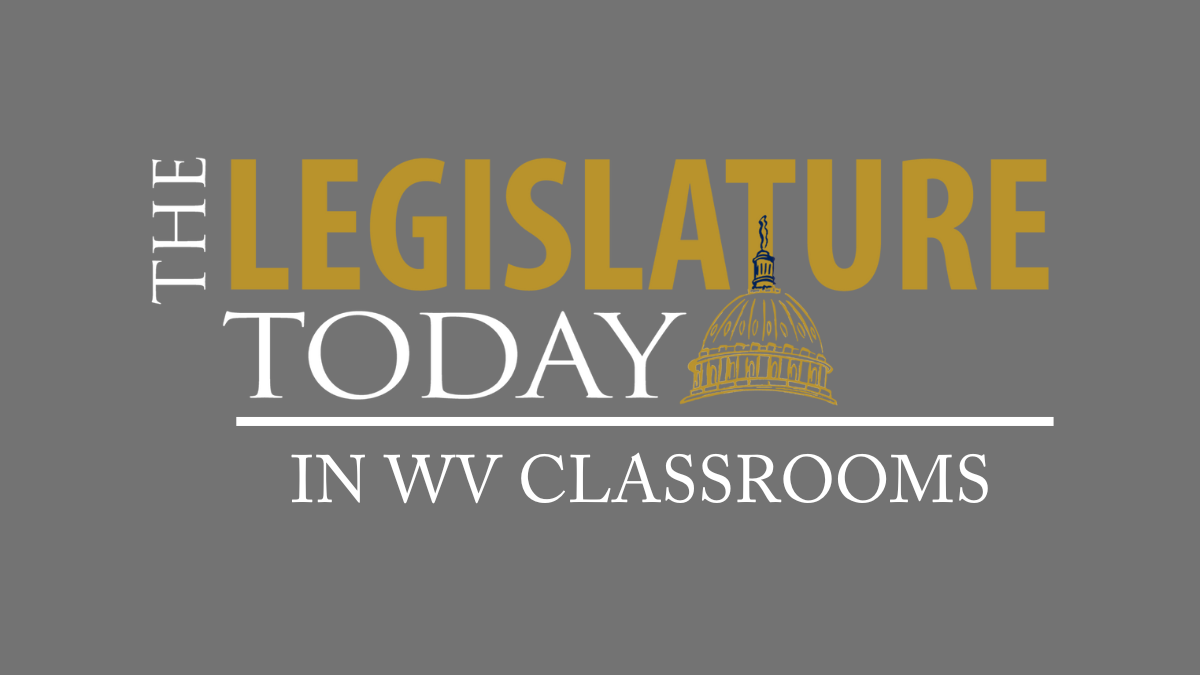West Virginia Gov. Jim Justice clarified some aspects of his plan to reopen the state and addressed concerns over what capabilities the state might have to trace a second wave of the coronavirus should it reappear. Justice said that the state will need to “find a way to live with the virus” as the economy reopens.
In a Tuesday virtual briefing, Justice said Week One of his reopening plan — which allows professional medical boards to reopen outpatient health care — is already underway. He also said Week Two would begin early next week.
“[Week Two] will commence next Monday, a week from yesterday, provided we have three days in this week — which are Monday, Tuesday, Wednesday — that get us under three percent,” Justice said.
Under Justice’s plan, the state needs to maintain a cumulative COVID-19 positive test rate under three percent for three consecutive days. According to the West Virginia Department of Health and Human Resources’ Tuesday morning update, the state has confirmed 37 deaths resulting from COVID-19. Health officials are reporting 1,079 positive cases out of 40,489 tests — resulting in a positive test rate of 2.66 percent.
Justice’s plan, which was announced Monday, speeded up a timeline that previously called for 14 straight days of declining new positive cases before reopening. State officials later identified an 8 to 14 day window before settling on three straight days with a cumulative positive test rate under three percent.
West Virginia’s numbers are far below national averages, state coronavirus craz Dr. Clay Marsh said Tuesday. He also said the person-to-person transmission rate has remained consistently low.
“The percent of positive tests — now, while below three, which is fantastic, given that national still around 20 percent. But also R-naught, the level of interactivity and reproducibility, also has gone below one and stayed there,” Marsh said “So, ultimately, we felt, I felt that that was a sign — in which that we had this good window — along with the reduction reducing rate of positivity, as a percent of total tests over the last eight days.”
As part of the reopening plan, Justice and his advisors want more testing, supplies of protective equipment and contact tracing, the process of determining who an infected person has had contact with.
A report Sunday from NPR shows that North Dakota is the only state with adequate contact tracing capabilities, while three other states will be able to meet the estimated need. According to the report, West Virginia did not respond to NPR’s survey on contact tracing.
“As far as the contact tracing, every state in the union is suffering from the same problem. We don’t have enough. We just plain don’t have enough and we are catching up as fast as we possibly can,” Justice said.
Justice announced Tuesday that West Virginia University’s School of Public Health and the state Department of Health and Human Resources are partnering to recruit and train contact tracers. An online course to train people for work in these jobs is launching this week, he said.
Models show West Virginia will need about 15 people doing contract tracing per 100,000 residents, said state health officer Dr. Cathy Slemp. She said that translates to somewhere between 270 and 300 people.
As part of the WVU-DHHR partnership, Slemp said the state is in a first phase of training workers through a 14-hour online training course that began Monday as well as an eight-week training.
“As we expand more testing and we identify more cases, we will need to have more and more people,” Slemp said.
Marsh said the goal would be to allocate contact tracing resources in places where they are most needed.
“So kind of using the hot spot and concept from law enforcement that where you know you have more activity in that — in the police vernacular, more crime — you put more police officers,” Marsh said.
While Justice’s stay-at-home order remains in effect as his reopening plan is phased in, he reiterated that the goal was to find a way to live with the virus but reduce its impact. The governor acknowledged that there may be instances in which the state may need to pivot.
“There’s no perfect formula here,” Justice said in closing the Tuesday briefing. “But, absolutely, if we watch and we absolutely trace those numbers and we track them and we use a metric — instead of just wild guess and everything — we’re going to absolutely know when we have a problem. And then when we have a problem, we’ll go run to the fire.”























